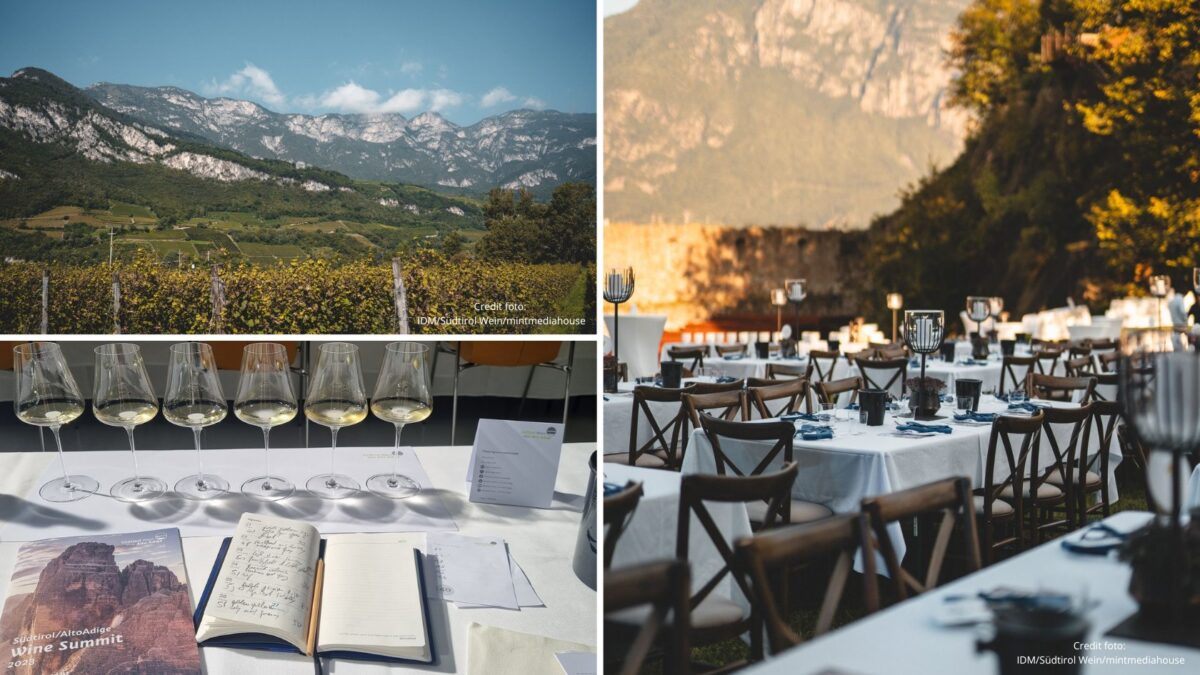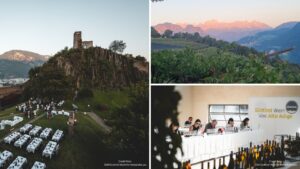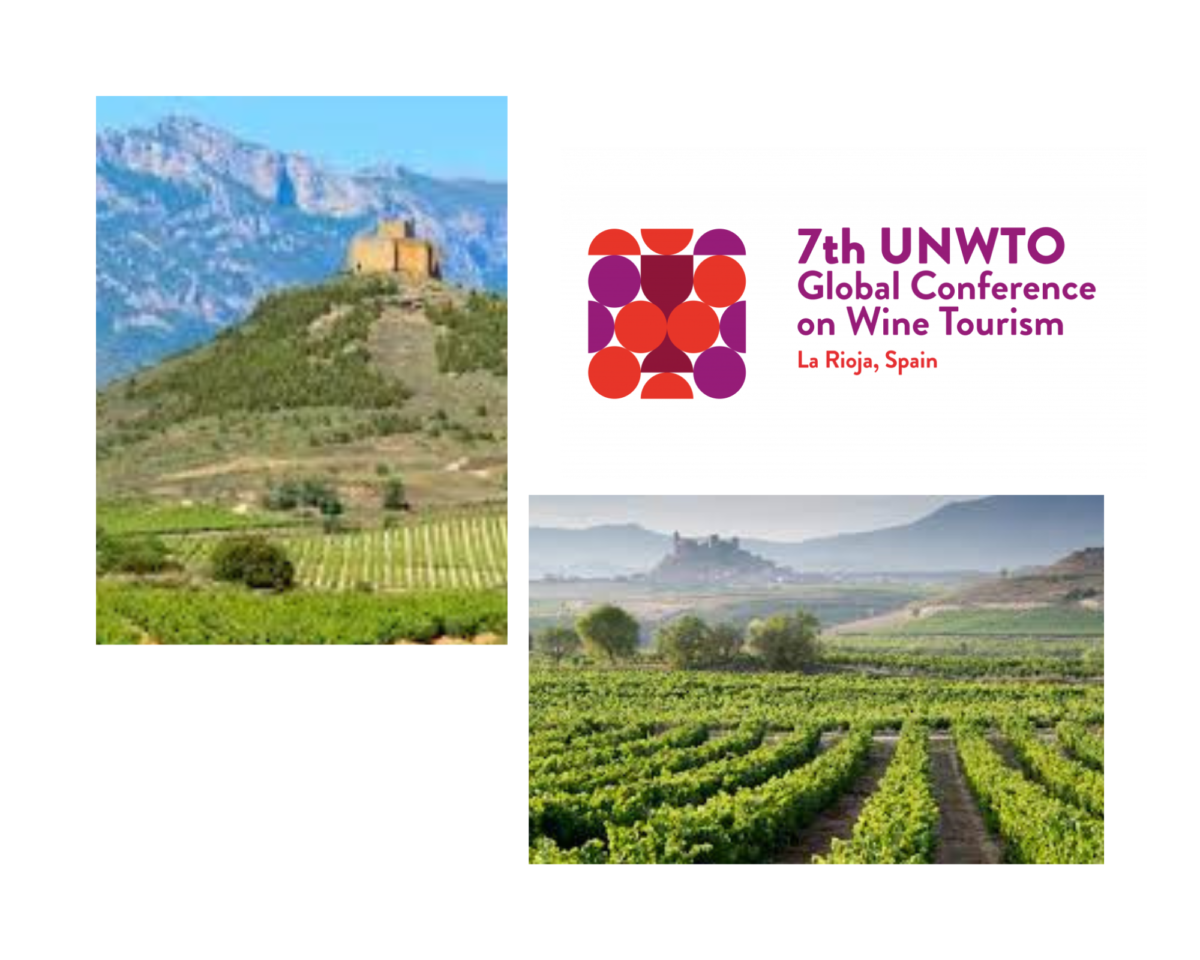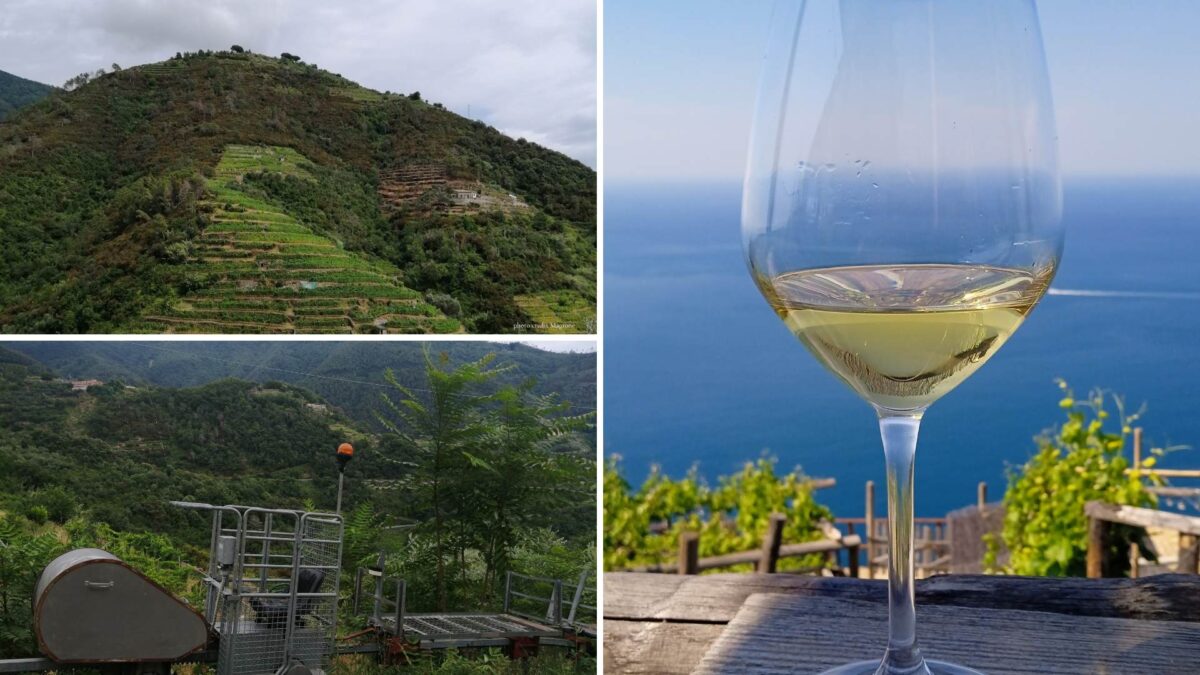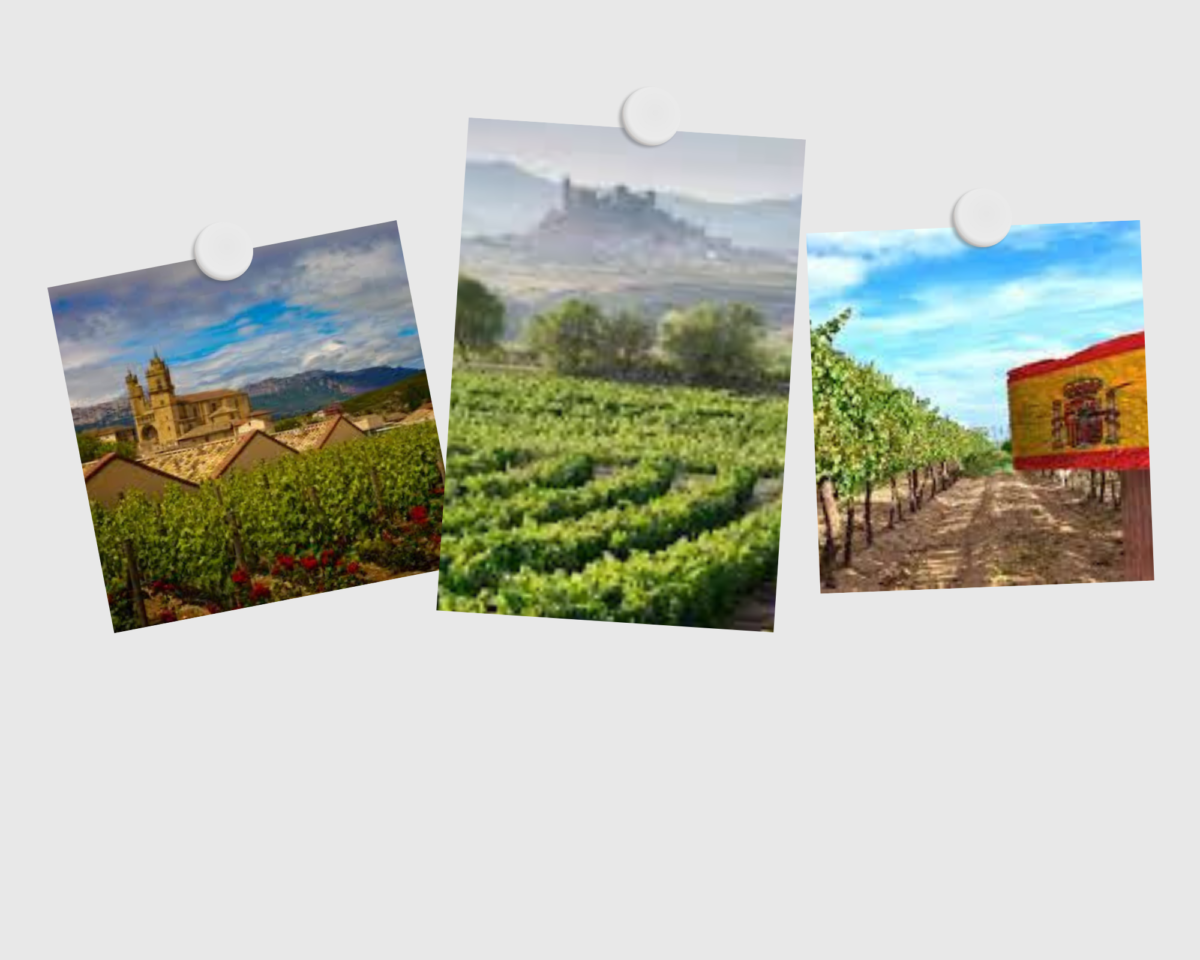Recently, the wine world’s oldest consortium celebrated its 100th anniversary. In 1924 Chianti Classico established the first wine consortium with its headquarters in the historic Stazione Leopolda,Florence. On February 15th and 16th, a centennial celebration provided an opportunity to reflect on the collective narrative of Chianti Classico and pay tribute to the true soul of the consortium: its producers. Over 200 of them came to present a total of 773 different labels available for tasting. The annual event itself began as the Anteprima de Chianti Classico in 1993. Now it is known as the Chianti Classico Collection.
As in previous years there were in-depth sessions focusing on the Gran Selezione category, which was added 10 years ago to the existing Annata and Riserva. At the time this was a first for Italian wine and viticultural legislative history. This new group of stringent regulations account for only 6% of Chianti Classico production and result in exceptional wines that have given the international market a new quality benchmark. The initial 33 Gran Selezione labels have now grown to an impressive 213 today. They are a perfect example of the continued growth in sales and reputation of the ‘Black Rooster’ denomination. Over the last three years sales have exceeded production volumes by 4% and the average price has increased 13% since 2021.

The event also highlighted the strong presence of female figures employed by wineries in the region of Chianti Classico. This is a theme that is being increasingly talked about in the press and Chianti Classico is leading the way with more women taking on leadership roles. Currently the percentage of women employed by Black Rooster wineries is almost half (44%), many of them holding senior management roles, and when it comes to marketing and sales managers women represent the majority at 60%.
Of course, there continued to be much discussion around the fairly new additional Geographic Units approved by the consortium’s Member Assembly in June 2021. These UGA’s are now printed on all labels where relevant and distinguish 11 different subdivisions with unique natural attributes (soil composition, microclimate, position of the vines etc) and human factors (cultural background, local traditions and community ethos). These distinct units are San Casciano, Greve, Montefioralle, Lamole, Panzano, Radda, Gaiole, Castelnuovo Berardenga, Vagliagli, Castellina and San Donato in Poggio. The idea of showing the name of the municipality or village on the label is meant to spark both curiosity and recognition from the increasingly high numbers of consumers who would like to better understand the micro territories of Black Rooster wines.
The Chianti Classico Collection would not be complete without the Black Rooster’s other main product, Olive Oil DOP Chianti Classico. During the event participants had the opportunity to taste the most recent harvest of oils from 33 producers. The 2023 vintage is complex with aromas of fresh grass, artichokes and almonds followed by a distinct arugula and peppery quality on the palate with a long finish. As in previous years, the 2023 oils contain exceptionally high levels of polyphenols which are essential both to preserving the characteristics of the oil and providing high nutritional value.
A blend of history, wine and timeless beauty
Beyond the vineyards, the region of Chianti Classico is renowned for its picturesque landscapes and medieval hilltop towns like Greve, Radda, and Castellina. They offer a glimpse into Italy’s past with their ancient castles, churches, and narrow streets. The territory still preserves evidence of many past cultures. The earliest documentation of the existence of a wine-producing district dates back to the 13th century with the “Lega del Chianti”, formalized between Radda, Gaiole and Castellina and branded with the famous Black Rooster which, after many glorious years, became the Official symbol of Chianti Classico wine in 2005. The rooster symbolizes the spirit of the territory; strong and elegant, lively, and proud. Its crowing marking a new day.
The region itself is perched on a plateau at altitudes between 200 and 800 meters, mainly covered with forests of oak, chestnut, pine and cypress trees. Now held in the arms of its two historic capitals, Florence and Siena, Chianti Classico was a place loved first by the Etruscans, then by the Romans, and was a battlefield of bitter disputes in the Middle Ages.
It has been one of the most popular destinations for wine enthusiasts for centuries and even now producers are eager to welcome visitors offering world-class hospitality. With such a high density of wineries, the region is a true oenological paradise full of castles and ancient abbeys where fine wines are matured, world-famous wineries alongside small and no less prestigious family-run estates, traditional cellars and architectural masterpieces. Producers understand the importance of hospitality which brings great economic value, diversifies income, and creates an effective means of communicating values and enhancing the distribution of their wines. From curious wine enthusiasts to collectors, guests are drawn to the famous winemaking names of Chianti but can also discover exceptional hidden gems. Consequently, wineries work together with the tourism sector to create personalized and authentic wine and culinary experiences.
As always it was a true pleasure to once again meet so many passionate producers who exemplify the culture and philosophy of Chianti Classico.


